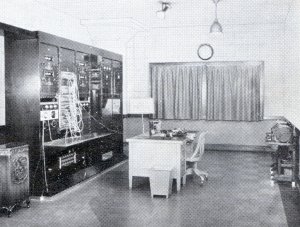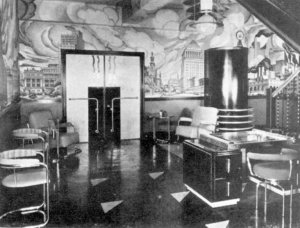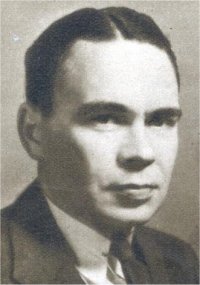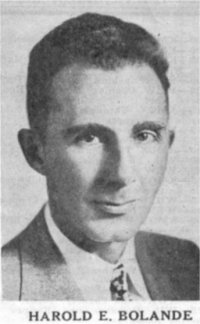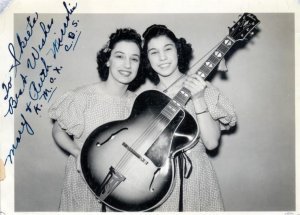Radio Articles
“Don’t Be Late For School” Program Heard Over WIL
Before School Greetings Delight the Youngsters
“Good morning, Children. It is exactly eight o’clock Central Standard Time, your station is WIL and this is your ‘Don’t Be Late For School Program.’”
Daily the children all over St. Louis and surrounding territory tune in for this greeting. The station has numerous letters from young people who say they have not missed a single “Don’t Be Late For School Program” since it went on the air three years ago.
This program is sponsored by the Papendick Bakery Company who have through this medium made popular their Soderholm Swedish Rye Bread and Old Home Doughnuts.
The period opens with the National Emblem March which is so lively that it makes sleepy eyes open in spite of themselves. Then comes the program which is varied. There is lively music, which children enjoy, then cute songs and funny tunes, but every few minutes in an encouraging voice the announcer warns that minutes are passing and they must hurry. Some mornings there is a real geography lesson, not just an ordinary lesson of facts and figures; but off the children fly to the strange country, where even street noises are heard and a friendly voice describes the interesting sights on every side and almost without realizing it, they have acquired interesting and historic facts and all too soon the lesson is over.
8:15 and through the air comes the voice of the “Man from the Land of Make Believe,” to greet the little folk of the “Land of Everyday” and to each and all who have a birthday that day he sends birthday greetings and rings the silvery birthday bells. At the request of the man from the “Land of Make Believe,” the announcer then reads the names of the lucky little folks who are celebrating a birthday. Over 18,000 have been wished “Happy Birthday” in one year.
When the clock points to the hour of 8:30 once more we hear the National Emblem March and children are warned not to be late for school. Then the Safety Slogan – “Go to the curb – stop – look up the street – look down the street before you cross.”
WIL and Papendick Bakery Company is delighted to receive the many letters from children telling of their efforts and success in following the advice to be on time. Forming the habit of being prompt, while a child, will be of tremendous value when the young folks of today become the men and women of tomorrow. “
(Originally published in Radio and Entertainment 11/14/31.)
